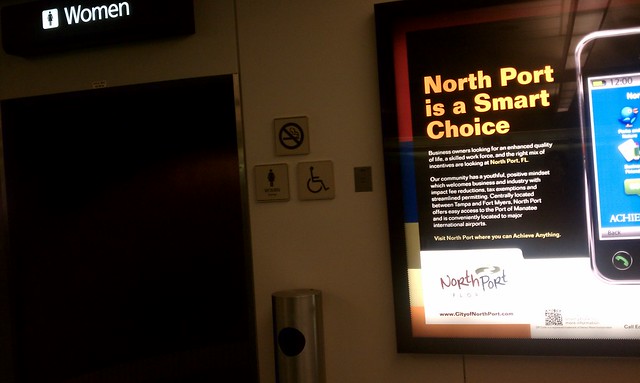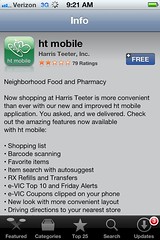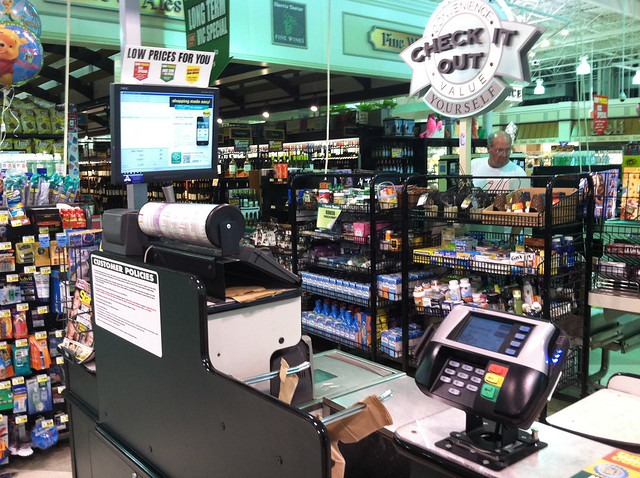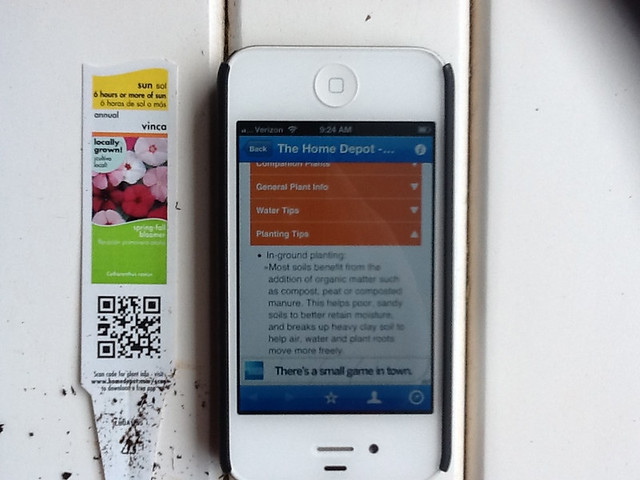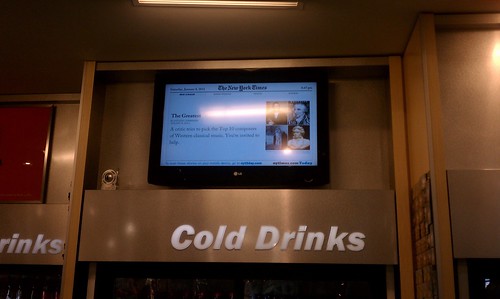I happened to be listening to the radio and heard an interesting interview featuring on Dennis Baxter, the sound designer/engineer for the 2012 Olympics. The interview, along with examples of sounds, are provided on the NPR website:
Making The Olympics Sound Right, From a 'Swoosh' to a 'Splash'
Making The Olympics Sound Right, From a 'Swoosh' to a 'Splash'
Becky Sullivan, 7/28/12, NPR Listen to this story (All Things Considered featuring r, 5 min, 54 Sec)
Not all of the sounds you'll hear during the Olympics are "real". There are a few sports that are impossible to capture accurately, and for this reason, Dennis Baxter explains, special techniques are used.
If you'd like to dig deeper into the world of sound, take a look at "The Sonification Handbook", edited by Thomas Hermann, Andy Hunt, and John G. Neuhoff. The editors have backgrounds in computer science, physics, interactive sonification, multi-touch, music, psychology, auditory percpetion, and neuroscience, collectively.
Below is a description from the book's website:
"This book is a comprehensive introductory presentation of the key research areas in the interdisciplinary fields of sonification and auditory display. Chapters are written by leading experts, providing a wide-range coverage of the central issues, and can be read from start to finish, or dipped into as required (like a smorgasbord menu)"
"Sonification conveys information by using non-speech sounds. To listen to data as sound and noise can be a surprising new experience with diverse applications ranging from novel interfaces for visually impaired people to data analysis problems in many scientific fields."
"This book gives a solid introduction to the field of auditory display, the techniques for sonification, suitable technologies for developing sonification algorithms, and the most promising application areas. The book is accompanied by the online repository of sound examples.The book is a comprehensive introduction to this interdisciplinary field."
The PDF version of the Sonification Handbook can be downloaded for free:
http://sonification.de/handbook/download/TheSonificationHandbook-HermannHuntNeuhoff-2011.pdf
RELATED
This section includes a few interesting videos that are best viewed with headphones, along with a number of links to explore.
Andrew South - Sound Designer Show reel
Andrew South - Sound Designer Showreel from Andrew South on Vimeo.
Blip Shaper Walkthrough, Christian Bannister
Blip Shaper Walkthrough from christian bannister on Vimeo.
FYI: Christian Bannister's projects
Duet for Synthesizer and the Washing Machine, John Keston, Web Baker
Produced using binaural sound, use headphones for best effects
Motion-driven Concatenative Synthesis of Cloth Sounds (SIGGRAPH 2012)
99% Invisible: Sound of Sport
Roman Mars, Turnstyle, 10/19/11
Social Sound Design "SSD is a Q&A site encompassing all the wonderful disciplines of sound design: film, game, art and installations, sound effects, new media, software, programming (Max/MSP; Pd, etc.), Arduino and micro-controllers, gear, feedback, recording, techniques and tips... as long as it involves sound design it is welcome here!"
NIME 2012 Online Proceedings (New Interfaces for Musical Expression)
NIME 2013
Big Fat Audio
Provides royalty-free downloads of sound effects and more.
Perry R. Cook, Professor Emeritus, Princeton
(Author of Real Sound Synthesis for Interactive Applications-2002)
AKPeters Sound Examples (listen if you are curious)
Adding a 3D Positional Effect to a Sound (XNA Game Studio 4)
Not all of the sounds you'll hear during the Olympics are "real". There are a few sports that are impossible to capture accurately, and for this reason, Dennis Baxter explains, special techniques are used.
If you'd like to dig deeper into the world of sound, take a look at "The Sonification Handbook", edited by Thomas Hermann, Andy Hunt, and John G. Neuhoff. The editors have backgrounds in computer science, physics, interactive sonification, multi-touch, music, psychology, auditory percpetion, and neuroscience, collectively.
Below is a description from the book's website:
"This book is a comprehensive introductory presentation of the key research areas in the interdisciplinary fields of sonification and auditory display. Chapters are written by leading experts, providing a wide-range coverage of the central issues, and can be read from start to finish, or dipped into as required (like a smorgasbord menu)"
"Sonification conveys information by using non-speech sounds. To listen to data as sound and noise can be a surprising new experience with diverse applications ranging from novel interfaces for visually impaired people to data analysis problems in many scientific fields."
"This book gives a solid introduction to the field of auditory display, the techniques for sonification, suitable technologies for developing sonification algorithms, and the most promising application areas. The book is accompanied by the online repository of sound examples.The book is a comprehensive introduction to this interdisciplinary field."
The PDF version of the Sonification Handbook can be downloaded for free:
http://sonification.de/handbook/download/TheSonificationHandbook-HermannHuntNeuhoff-2011.pdf
RELATED
This section includes a few interesting videos that are best viewed with headphones, along with a number of links to explore.
Andrew South - Sound Designer Show reel
Andrew South - Sound Designer Showreel from Andrew South on Vimeo.
Blip Shaper Walkthrough, Christian Bannister
Blip Shaper Walkthrough from christian bannister on Vimeo.
FYI: Christian Bannister's projects
Duet for Synthesizer and the Washing Machine, John Keston, Web Baker
Produced using binaural sound, use headphones for best effects
Motion-driven Concatenative Synthesis of Cloth Sounds (SIGGRAPH 2012)
99% Invisible: Sound of Sport
Roman Mars, Turnstyle, 10/19/11
Social Sound Design "SSD is a Q&A site encompassing all the wonderful disciplines of sound design: film, game, art and installations, sound effects, new media, software, programming (Max/MSP; Pd, etc.), Arduino and micro-controllers, gear, feedback, recording, techniques and tips... as long as it involves sound design it is welcome here!"
NIME 2012 Online Proceedings (New Interfaces for Musical Expression)
NIME 2013
Big Fat Audio
Provides royalty-free downloads of sound effects and more.
Perry R. Cook, Professor Emeritus, Princeton
(Author of Real Sound Synthesis for Interactive Applications-2002)
AKPeters Sound Examples (listen if you are curious)
Adding a 3D Positional Effect to a Sound (XNA Game Studio 4)







